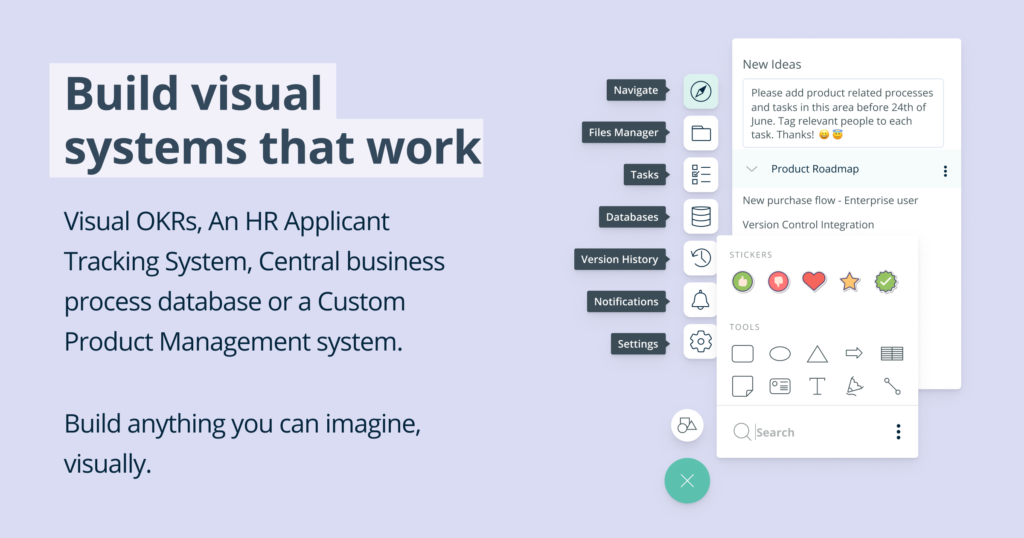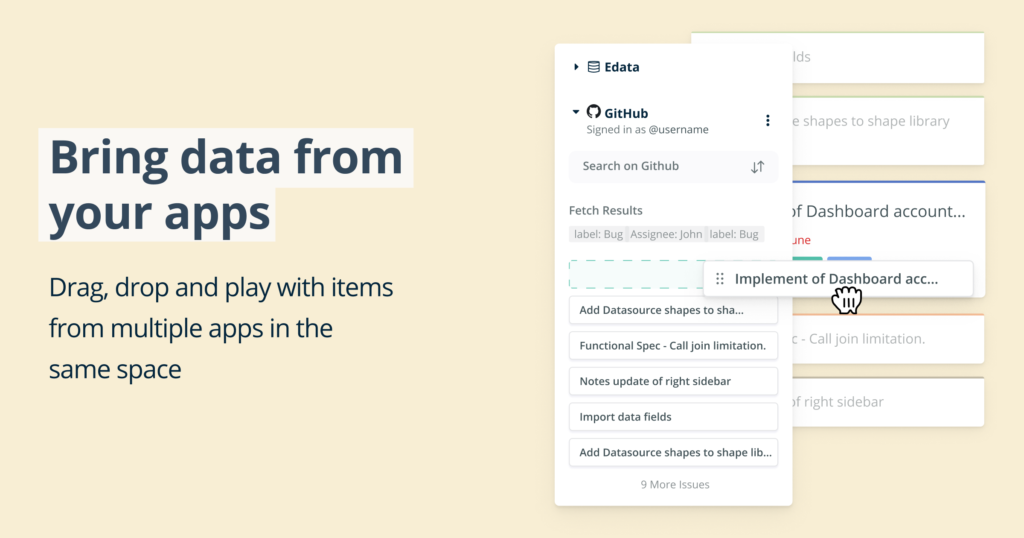What is a Business Model Canvas and why use it?
The business model canvas is a strategic management tool that helps businesses to analyse and plan their business models. It is used by startups and established businesses alike, and is a useful tool for any business looking to define or refine its business model.
The Business Model Canvas essentially shows your start up idea, business or product ‘on a page’ which makes it an extremely effective way to communicate your start up idea, existing business model or even a new product/service to potential business investors, strategic business managers or product teams. It is also a very powerful tool to demonstrate which areas in your business needs change.
The business model canvas is important because it helps you to understand all the different elements of your business and how they work together. This can be extremely helpful when you are starting a business or launching a new product or service.
The business model canvas can also help you to communicate your planned start up or existing business model to others.
Video example: How to validate your start up idea with the Business Model Canvas?
This short video uses a practical example company, Felonycases.com to illustrate some of the real world considerations they would have considered as part of the Business Model Canvas elements.
The canvas is divided into nine sections or building blocks, each of which represents a key element of the business model. These elements are:
- – Value proposition
- – Customer segments
- – Channels
- – Customer relationships
- – Revenue streams
- – Key resources
- – Key activities
- – Key partnerships
- – Cost structure.
Each of these sections is further divided into smaller sub-sections, which helps to ensure that all aspects of the business model are covered and considered during analysis. We will however first discuss each of the 9 elements in more detail and explain exactly how it can be applied to your small or larger business:
#1 Value Proposition
The first element, and arguably the most important, is the value proposition. This is what your business offers to its customers that provides them with value. It is the unique selling point (USP) of your business, and should be something that sets you apart from your competitors. Consider what it is that makes your business unique and more attractive than your competitors when you consider this element.
An example of a value proposition can be:
“We are the only business in our industry that offers a money-back satisfaction guarantee”
or
“We offer the lowest prices in our market”.
#2 Customer Segments
The second element to consider is your customer segments. This is who your business sells its products or services to. It is useful here to describe each of your customer segments (if there are more than one) as a persona. The better you can understand your customer the more likely it is that you will be able to serve them well.
 An example of a customer segment could be:
An example of a customer segment could be:
“Small businesses in the Retail industry who are looking to expand their customer base”.
#3 Channels
The third element is your channels. This is how you reach and communicate with your customer segments. It is important here to consider both online and offline channels, as well as how you will reach each of your customers. Here is good to know which channels will be most effective for which customer segment or type of communication.
An example of a channel could be:
“Social media platforms such as Facebook and Twitter”.
#4 Customer Relationships
The fourth element is your customer relationships. This is how you build and maintain relationships with your customers. It is important to consider what type of relationship you want to have with each customer segment, as this will determine how you communicate and interact with each. Keep in mind that customer relationships can be one-to-one, one-to-many or many-to-many.
An example of a customer relationship could be:
“We want to build long-term relationships with our customers based on trust and loyalty”.
#5 Revenue Streams
The fifth element is your revenue streams. This element is important because it covers how your business makes money. It is important to consider all of the ways that your business can generate revenue, as this will help you to determine which are the most profitable and sustainable in the long-term.
An example of a revenue stream could be:
“We generate revenue through advertising on our website” or another example could be:
“We generate revenue through the sale of our products and services”.
#6 Key Resources
The sixth element is your key resources. This is what your business needs in order to function and deliver its value proposition to customers. It is important to consider both physical and human resources when you think about this element.
An example of resources could be: “We have a fleet of trucks that delivers groceries to customers.”
#7 Key Activities
The seventh element is your key activities. This is what your business does on a day-to-day basis in order to function. It is important to consider all of the activities that are essential to your business, as well as those that are not.
An example of key activities could be:
“We source and buy groceries from suppliers” or “We package and deliver pet products to customers.”
#8 Key Partnerships
 The eight element is your key partnerships. These are the partnerships you have with other businesses to help you function and deliver your value proposition to customers. It is important to consider all of the partners you need in order to run your business, as well as those that are not essential but could be helpful.
The eight element is your key partnerships. These are the partnerships you have with other businesses to help you function and deliver your value proposition to customers. It is important to consider all of the partners you need in order to run your business, as well as those that are not essential but could be helpful.
An example of a key partnership could be:
“We partner with a local pet store to sell our products” or “We partner with a fence builder to complete our landscaping projects.”
#9 Cost structure
The ninth and final element is your cost structure. It is key that you define and understand the costs associated with running your business. This will help you to make informed decisions about where to allocate your resources and how to price your products and services.
An example of a cost could be:
“The cost of goods sold (COGS)” or “The cost of marketing our business”.
Now that we have gone through each of the nine elements of the business model canvas, it is time to understand when you should create a business model canvas and how to do so.
When to use the Business Model Canvas?
The business model canvas is a versatile tool that can be used in a variety of situations. Some of the most common times to use the business model canvas are when you are:
– starting a business: The business model canvas can help you to flesh out your business idea and determine whether or not you should pursue the idea or perhaps change your approach.
– trying to improve an existing business: If you are not happy with the performance of your business, the business model canvas can help you to identify areas that need improvement.
– launching a new product or service: The business model canvas can help you to understand how your new product or service will fit into your existing business and what changes you need to make to ensure it is successful within the business.
Benefits of using a Business Model Canvas includes
- All business model elements in one place.
- Easy to use and understand.
- Helps you to think about all aspects of your business.
- Helps you to communicate your business model to others.
There are also some potential drawbacks of using a Business Model Canvas, including
- It can be too simplistic and may not capture all the details of each element effectively.
- If you do not have a solid business plan or strategy in place, the business model canvas can be ineffective.
- It can be difficult to make changes to your business model once it is set in stone on the canvas.
However, at the end of the day, the business model canvas is a tool that can be extremely helpful.
How to start creating a Business Model Canvas?
Now that you understand when to use a business model canvas, it is time to learn how to create one. The process of creating a business model canvas is relatively simple and can be done in just a few steps.
- Start by downloading a business model canvas template.
- Once you have the template, begin filling in and brainstorm the content with your colleagues or business partners.
- As you fill in the business model canvas, be sure to refer back to your business plan or strategy to ensure that the information you are including is aligned with your overall business goals.
- Once you have completed the business model canvas, take some time to review it and make sure that all of the information is accurate and aligned.
Conclusion
Now that you know what the elements of a business model canvas are and you know when it is appropriate to use one, you can apply it to assess your start up idea, existing business or even that new product or service that is being considered at your company.
We hope you have learned something new that can make a real tangible difference to your success whether it is an solopreneur, entrepreneur or business analyst working in a large organisation.




